-
 Bitcoin
Bitcoin $118400
0.47% -
 Ethereum
Ethereum $3836
2.20% -
 XRP
XRP $3.157
2.98% -
 Tether USDt
Tether USDt $0.9999
-0.03% -
 BNB
BNB $801.5
1.31% -
 Solana
Solana $180.9
2.07% -
 USDC
USDC $0.9999
-0.02% -
 Dogecoin
Dogecoin $0.2225
2.50% -
 TRON
TRON $0.3285
-1.02% -
 Cardano
Cardano $0.7789
2.60% -
 Hyperliquid
Hyperliquid $43.60
2.39% -
 Sui
Sui $3.892
4.41% -
 Stellar
Stellar $0.4229
3.34% -
 Chainlink
Chainlink $18.01
3.98% -
 Hedera
Hedera $0.2745
6.77% -
 Bitcoin Cash
Bitcoin Cash $582.3
3.38% -
 Avalanche
Avalanche $23.77
1.04% -
 Ethena USDe
Ethena USDe $1.001
0.01% -
 Toncoin
Toncoin $3.493
3.59% -
 Litecoin
Litecoin $110.0
2.48% -
 UNUS SED LEO
UNUS SED LEO $8.936
-0.37% -
 Shiba Inu
Shiba Inu $0.00001304
2.49% -
 Uniswap
Uniswap $9.999
1.09% -
 Polkadot
Polkadot $3.897
3.26% -
 Monero
Monero $308.6
-0.83% -
 Dai
Dai $0.9999
-0.01% -
 Bitget Token
Bitget Token $4.504
-0.04% -
 Pepe
Pepe $0.00001154
2.95% -
 Cronos
Cronos $0.1471
3.06% -
 Ethena
Ethena $0.6691
19.53%
How do you adjust VWAP settings to prevent false signals?
VWAP helps crypto traders identify true trends by combining price and volume, but false signals can occur in low-volume or manipulated markets.
Jul 31, 2025 at 04:15 am
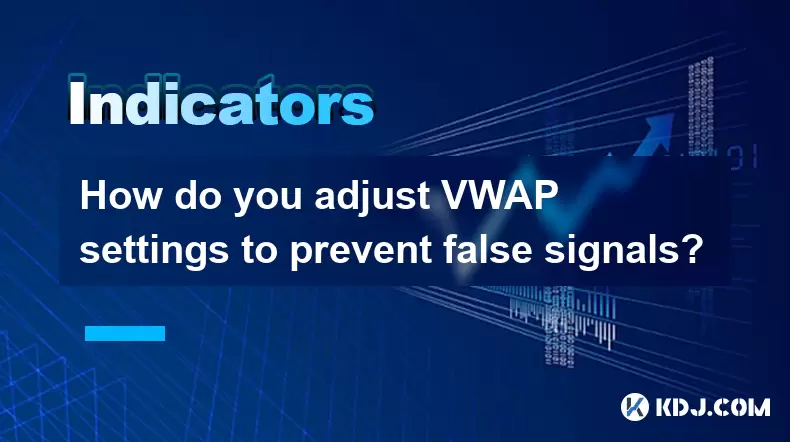
Understanding VWAP and Its Role in Cryptocurrency Trading
The Volume Weighted Average Price (VWAP) is a widely used technical indicator in the cryptocurrency trading space. It calculates the average price of an asset weighted by volume over a specific time period. This metric is particularly valuable because it reflects both price and trading volume, offering traders insight into the true average price at which the majority of transactions occurred. In fast-moving crypto markets, where volatility can trigger misleading signals from simpler indicators, VWAP helps identify genuine trends and potential entry or exit points. However, improper configuration or misunderstanding of VWAP settings can lead to false signals, especially during low-volume periods or sudden price spikes.
Common Causes of False Signals in VWAP
False signals in VWAP typically arise from three primary factors: low trading volume, short timeframes, and market manipulation. During periods of low volume, even small trades can disproportionately influence the VWAP line, creating artificial crossovers that suggest momentum shifts when none exist. Similarly, using VWAP on shorter timeframes such as 1-minute or 5-minute charts increases sensitivity, making the indicator react sharply to minor price fluctuations. In the crypto space, where whales and bots can manipulate prices, these anomalies become more frequent. For instance, a sudden pump or dump may cause the price to cross above or below VWAP, falsely indicating a bullish or bearish breakout.
Adjusting the Timeframe for Better Accuracy
One of the most effective ways to reduce false signals is to align the VWAP calculation with the trading session or market cycle. Instead of using a rolling 24-hour VWAP, which resets at midnight UTC, consider anchoring the VWAP to a specific start point, such as the beginning of a major trading session or a significant market event. This approach is known as anchored VWAP. For example, if a trader identifies a key support level established at 00:00 UTC, they can set the VWAP to begin from that point. This ensures the average price reflects relevant market activity rather than including potentially irrelevant data from prior periods. Most advanced trading platforms like TradingView, MetaTrader, or specialized crypto platforms like Bybit or OKX allow users to manually set the anchor point through custom scripts or built-in tools.
- Click on the VWAP indicator in your charting platform
- Locate the “anchor” or “start time” setting in the indicator’s properties
- Choose a significant market event or session start as the reference point
- Confirm the change and observe how the VWAP line adjusts to exclude prior noise
Filtering with Volume Thresholds and Confirmation Indicators
Another powerful method to prevent false signals is to combine VWAP with volume filters and secondary confirmation tools. A standalone VWAP crossover may not be sufficient; adding a minimum volume threshold ensures that only trades with substantial volume trigger signals. For instance, a trader might require that any price crossing above VWAP must be accompanied by volume at least 1.5 times the 20-period average volume. This filters out low-volume anomalies. Additionally, integrating confirmation indicators such as the Relative Strength Index (RSI) or Moving Average Convergence Divergence (MACD) can validate the strength of a signal. If the price crosses above VWAP but RSI is in overbought territory, the signal may be considered unreliable.
- Enable volume histogram on your chart
- Calculate average volume over a recent period (e.g., 20 candles)
- Set a multiplier (e.g., 1.5x) as your minimum threshold for valid signals
- Overlay RSI or MACD to check for momentum alignment with VWAP crossovers
Customizing VWAP with Multi-Session or Multi-Asset Context
In cryptocurrency markets, which operate 24/7 across global time zones, standard VWAP may not account for regional trading activity cycles. Traders can mitigate false signals by applying multi-session VWAP analysis, where separate VWAP lines are drawn for different market hours—such as Asian, European, and North American sessions. This allows for more granular analysis of price behavior during high-liquidity windows. For example, a breakout above VWAP during the North American session may carry more weight than one during the Asian session due to higher institutional participation. Some platforms support script-based VWAP segmentation, enabling users to define time ranges for each VWAP calculation.
- Identify key trading sessions based on major exchange activity (e.g., Binance, Coinbase)
- Use Pine Script or platform-specific tools to create session-specific VWAP lines
- Label each VWAP with its corresponding session (e.g., “NA-VWAP”)
- Monitor price interaction with each session’s VWAP independently
Optimizing Display and Alert Settings
Visual clutter and poorly configured alerts can also contribute to misinterpretation of VWAP signals. Adjusting the visual properties of the VWAP line—such as color, thickness, and style—can improve clarity. For example, using a bright green solid line for VWAP and a dashed red line for deviation bands helps distinguish between core values and volatility thresholds. Furthermore, setting smart alerts that require multiple conditions reduces false notifications. Instead of alerting on every price-VWAP crossover, configure alerts to trigger only when price, volume, and a secondary indicator align.
- Right-click the VWAP indicator and select “Settings”
- Change line color to #00FF00 (bright green) for high visibility
- Adjust line thickness to 2 or 3 for better readability
- Set alert conditions to include volume and RSI/MACD confirmation
Frequently Asked Questions
Can VWAP be used effectively on altcoin pairs with low liquidity?
Using VWAP on low-liquidity altcoin pairs is risky due to extreme price slippage and volume distortion. Small trades can skew the average, leading to frequent false breakouts. If VWAP must be used, combine it with tight volume filters and longer timeframes (e.g., 1-hour or 4-hour charts) to smooth out noise. Consider avoiding VWAP entirely for altcoins with daily volume under $1 million.
Is anchored VWAP available on all crypto exchanges?
Not all exchanges offer anchored VWAP natively. Platforms like TradingView and ThinkorSwim support it through custom scripts, while most spot exchanges (e.g., Binance, Kraken) only provide standard VWAP. Traders can manually simulate anchored VWAP by resetting the chart view to a specific timestamp and ensuring no prior data influences the calculation.
How does futures funding rate affect VWAP signals?
Funding rates do not directly impact VWAP calculations, as VWAP is based on spot price and volume. However, in perpetual futures markets, high funding rates can drive artificial price movements that temporarily push price away from VWAP, creating misleading crossovers. Traders using VWAP on futures should monitor funding rates to contextualize sudden deviations.
Should VWAP be reset after major news events?
Yes. After significant news—such as regulatory announcements or exchange outages—the market structure changes abruptly. Continuing to use pre-event VWAP includes outdated data, increasing the chance of false signals. Resetting VWAP immediately after such events ensures the average reflects current market dynamics.
Disclaimer:info@kdj.com
The information provided is not trading advice. kdj.com does not assume any responsibility for any investments made based on the information provided in this article. Cryptocurrencies are highly volatile and it is highly recommended that you invest with caution after thorough research!
If you believe that the content used on this website infringes your copyright, please contact us immediately (info@kdj.com) and we will delete it promptly.
- Ozak AI: Can This Underdog Crypto Achieve a Bull Run to $1?
- 2025-07-31 22:30:12
- Coinbase Breach: Navigating Insider Risk and Bolstering Security
- 2025-07-31 23:11:55
- Bitcoin Rebounds, WeWake Presale Gains Traction: What's the Buzz?
- 2025-07-31 22:30:12
- Bitcoin, Altcoins, and Volume Watchlists: Decoding the Crypto Landscape
- 2025-07-31 23:11:55
- Tron, Fartcoin, and BlockchainFX: What's Trending (and What's Not) in the Crypto World
- 2025-07-31 21:32:19
- Bitcoin, Corporate Investments, and Sustainability: A New Era or Fleeting Fad?
- 2025-07-31 20:50:14
Related knowledge

What is a MACD crossover?
Jul 31,2025 at 11:52pm
Understanding the Role of Private Keys in Cryptocurrency SecurityIn the world of cryptocurrency, private keys are the cornerstone of ownership and con...

How can you use the MACD histogram to determine trend strength?
Jul 31,2025 at 11:10pm
Understanding the MACD Histogram and Its ComponentsThe MACD (Moving Average Convergence Divergence) histogram is a visual representation of the differ...
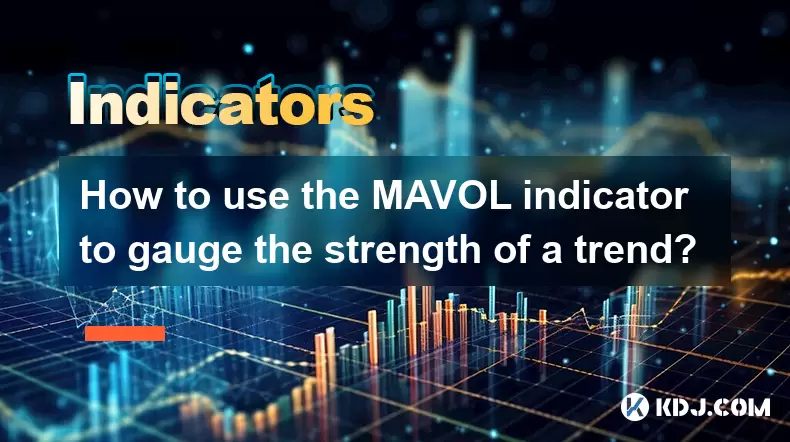
How to use the MAVOL indicator to gauge the strength of a trend?
Jul 31,2025 at 09:57pm
Understanding the MAVOL Indicator in Cryptocurrency TradingThe MAVOL indicator, short for Moving Average of Volume, is a technical analysis tool widel...
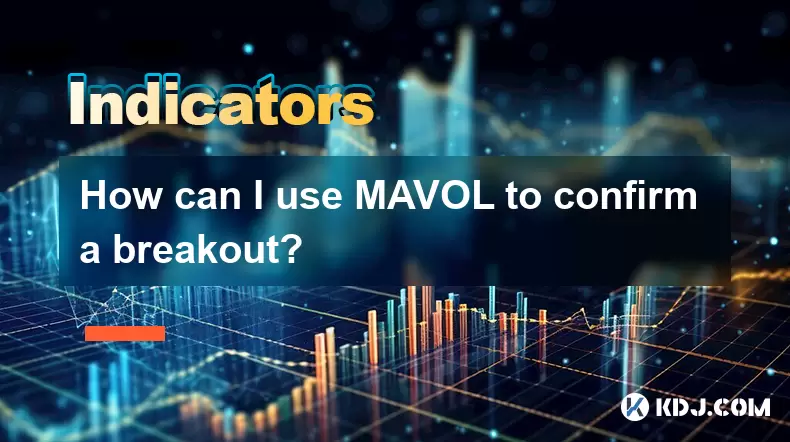
How can I use MAVOL to confirm a breakout?
Jul 31,2025 at 11:38pm
Understanding MAVOL and Its Role in Technical AnalysisMAVOL, short for Moving Average of Volume, is a technical indicator that calculates the average ...
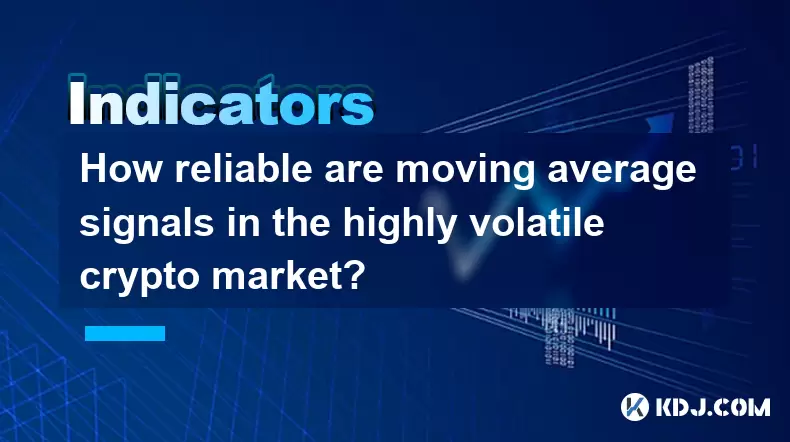
How reliable are moving average signals in the highly volatile crypto market?
Jul 31,2025 at 08:36pm
Understanding Moving Averages in Cryptocurrency TradingMoving averages (MAs) are among the most widely used technical indicators in the cryptocurrency...
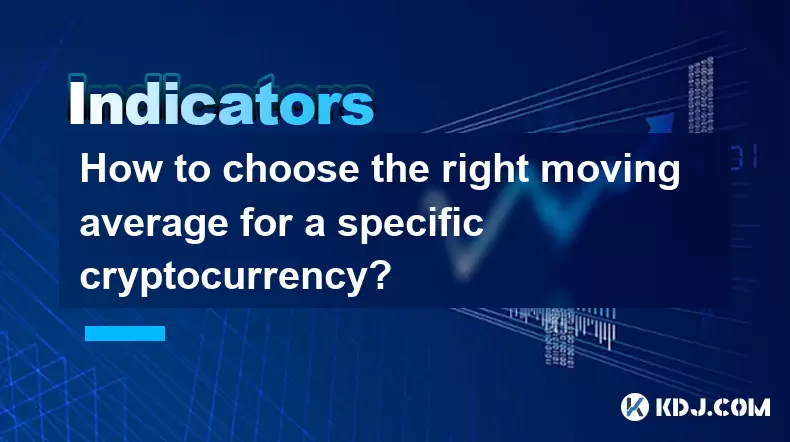
How to choose the right moving average for a specific cryptocurrency?
Jul 31,2025 at 10:29pm
Understanding the Role of Moving Averages in Cryptocurrency TradingMoving averages are foundational tools in technical analysis, widely used by crypto...

What is a MACD crossover?
Jul 31,2025 at 11:52pm
Understanding the Role of Private Keys in Cryptocurrency SecurityIn the world of cryptocurrency, private keys are the cornerstone of ownership and con...

How can you use the MACD histogram to determine trend strength?
Jul 31,2025 at 11:10pm
Understanding the MACD Histogram and Its ComponentsThe MACD (Moving Average Convergence Divergence) histogram is a visual representation of the differ...

How to use the MAVOL indicator to gauge the strength of a trend?
Jul 31,2025 at 09:57pm
Understanding the MAVOL Indicator in Cryptocurrency TradingThe MAVOL indicator, short for Moving Average of Volume, is a technical analysis tool widel...

How can I use MAVOL to confirm a breakout?
Jul 31,2025 at 11:38pm
Understanding MAVOL and Its Role in Technical AnalysisMAVOL, short for Moving Average of Volume, is a technical indicator that calculates the average ...

How reliable are moving average signals in the highly volatile crypto market?
Jul 31,2025 at 08:36pm
Understanding Moving Averages in Cryptocurrency TradingMoving averages (MAs) are among the most widely used technical indicators in the cryptocurrency...

How to choose the right moving average for a specific cryptocurrency?
Jul 31,2025 at 10:29pm
Understanding the Role of Moving Averages in Cryptocurrency TradingMoving averages are foundational tools in technical analysis, widely used by crypto...
See all articles

























































































